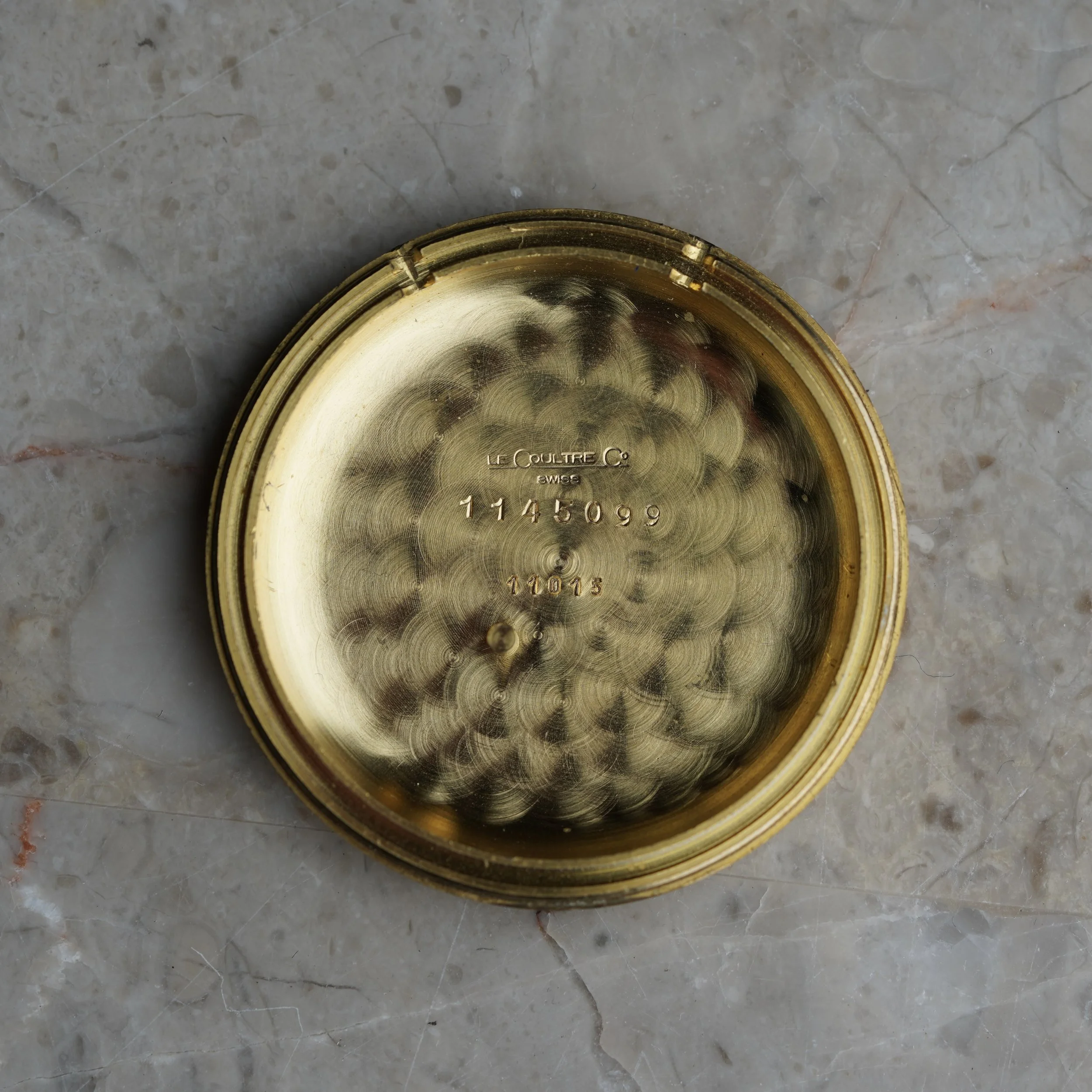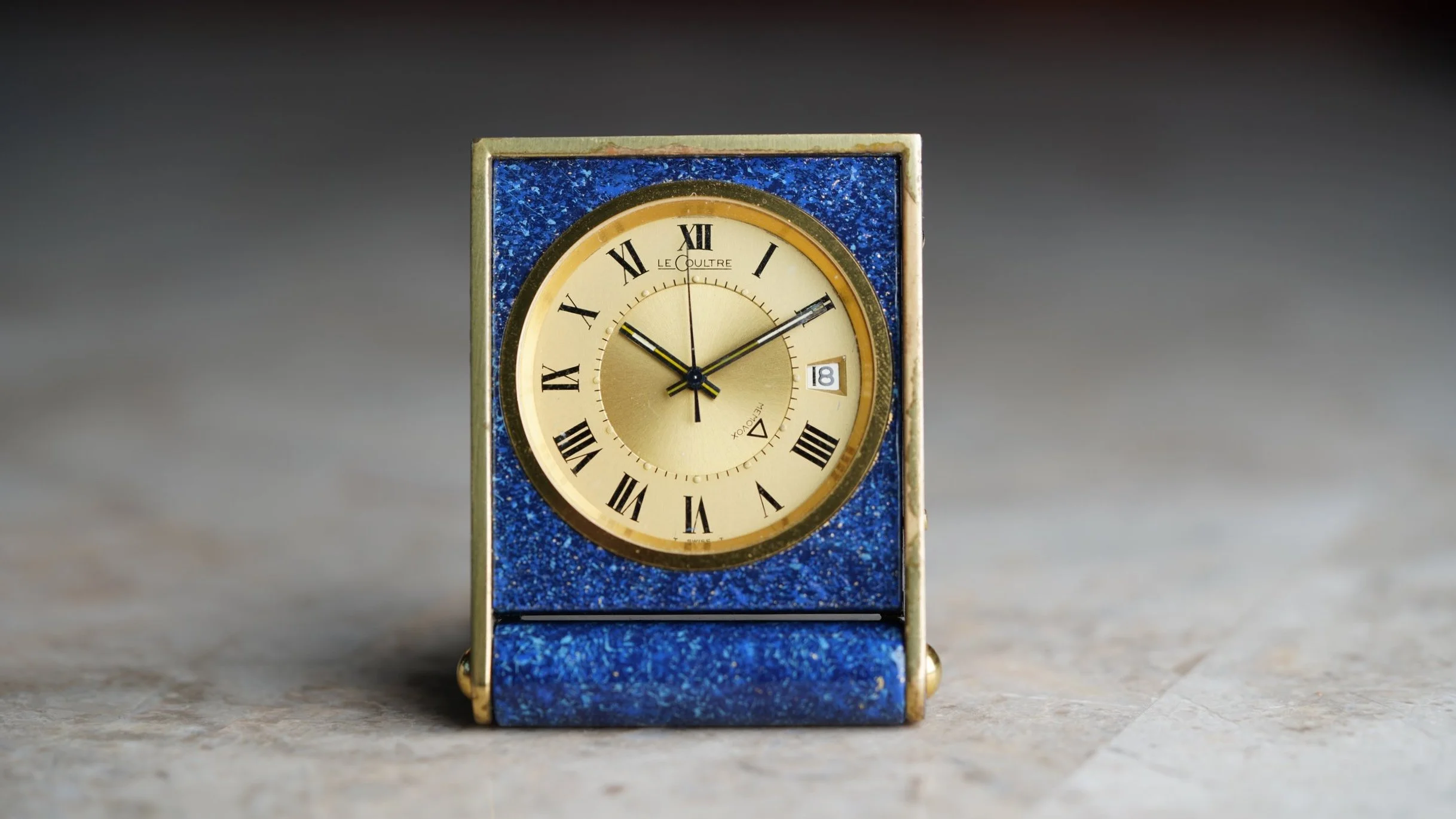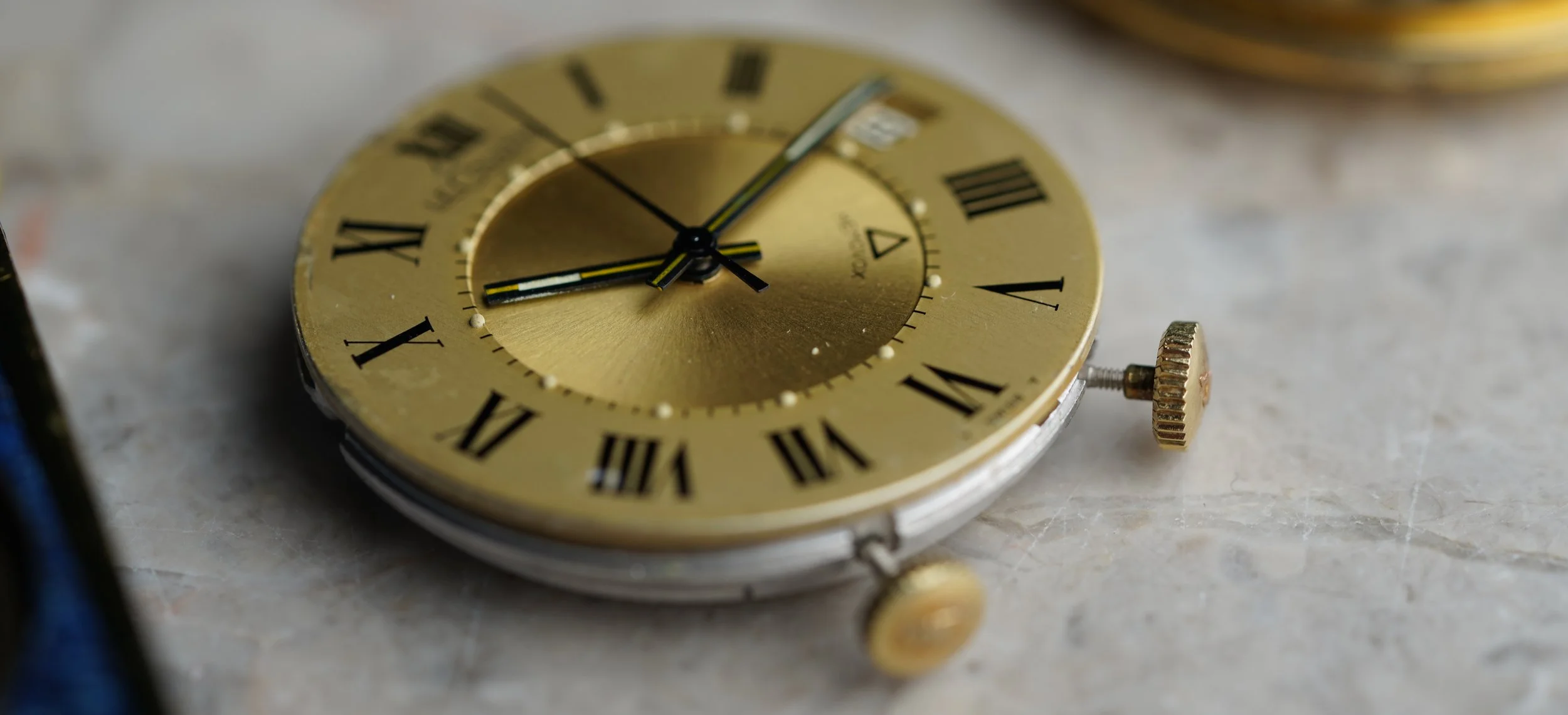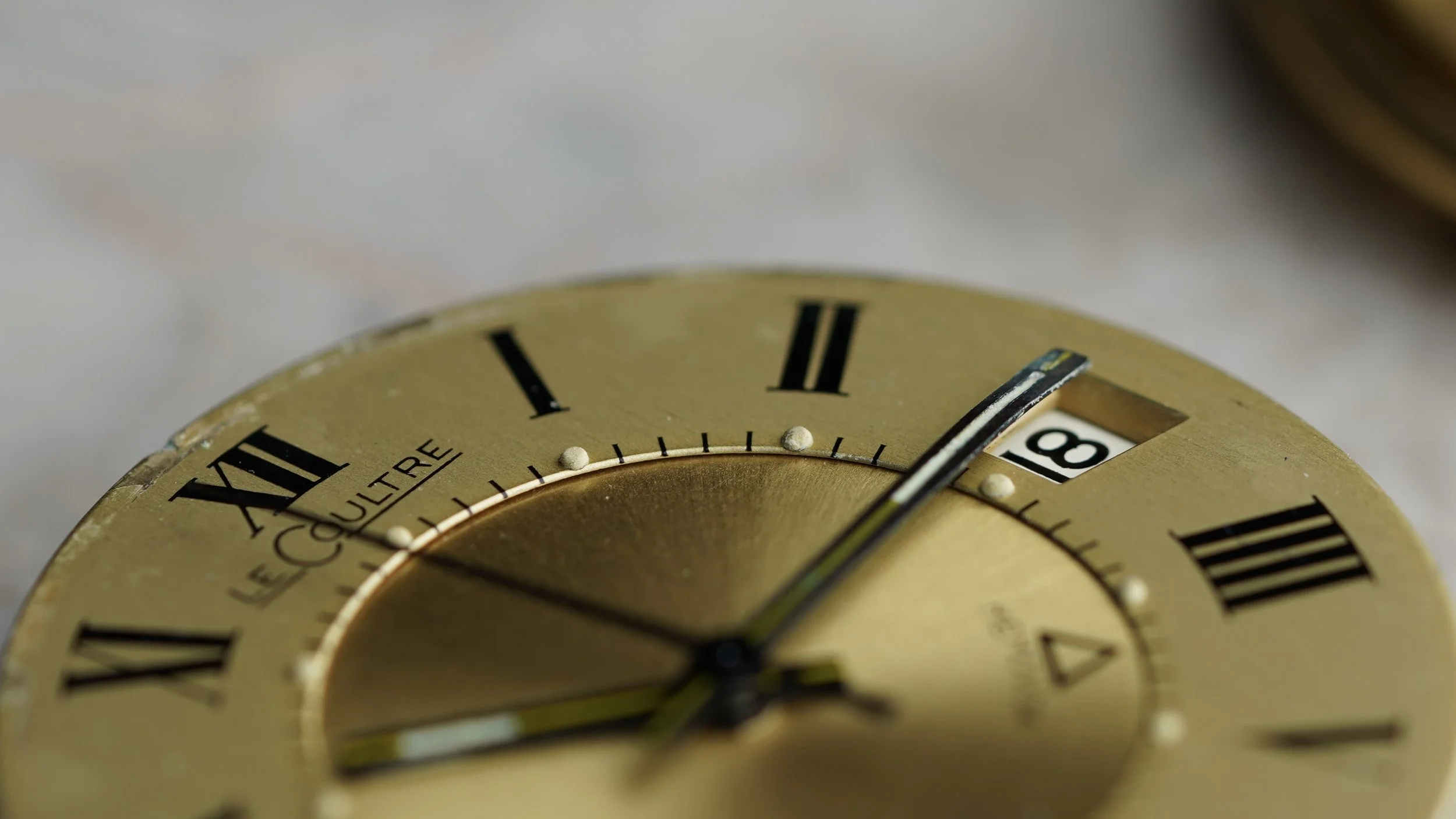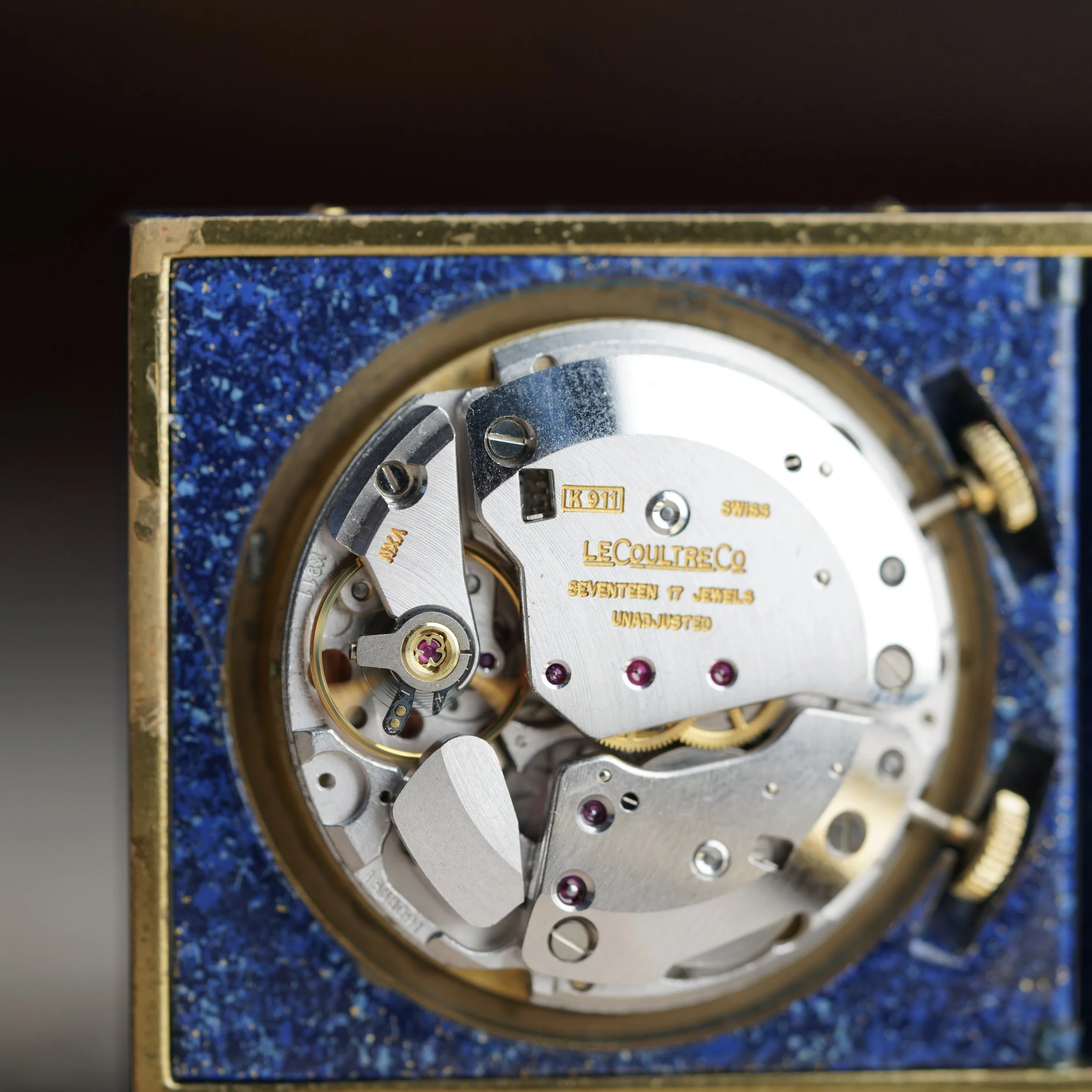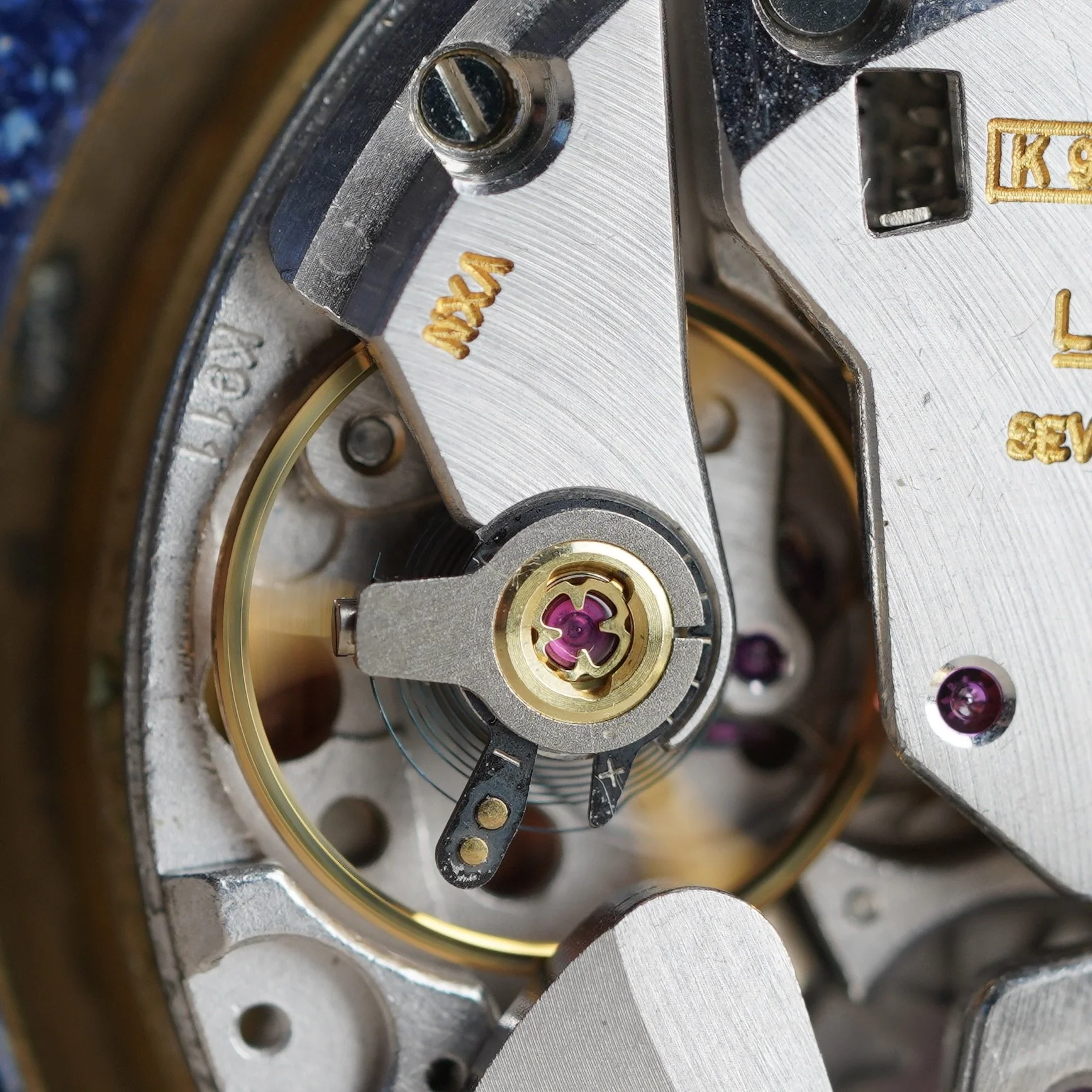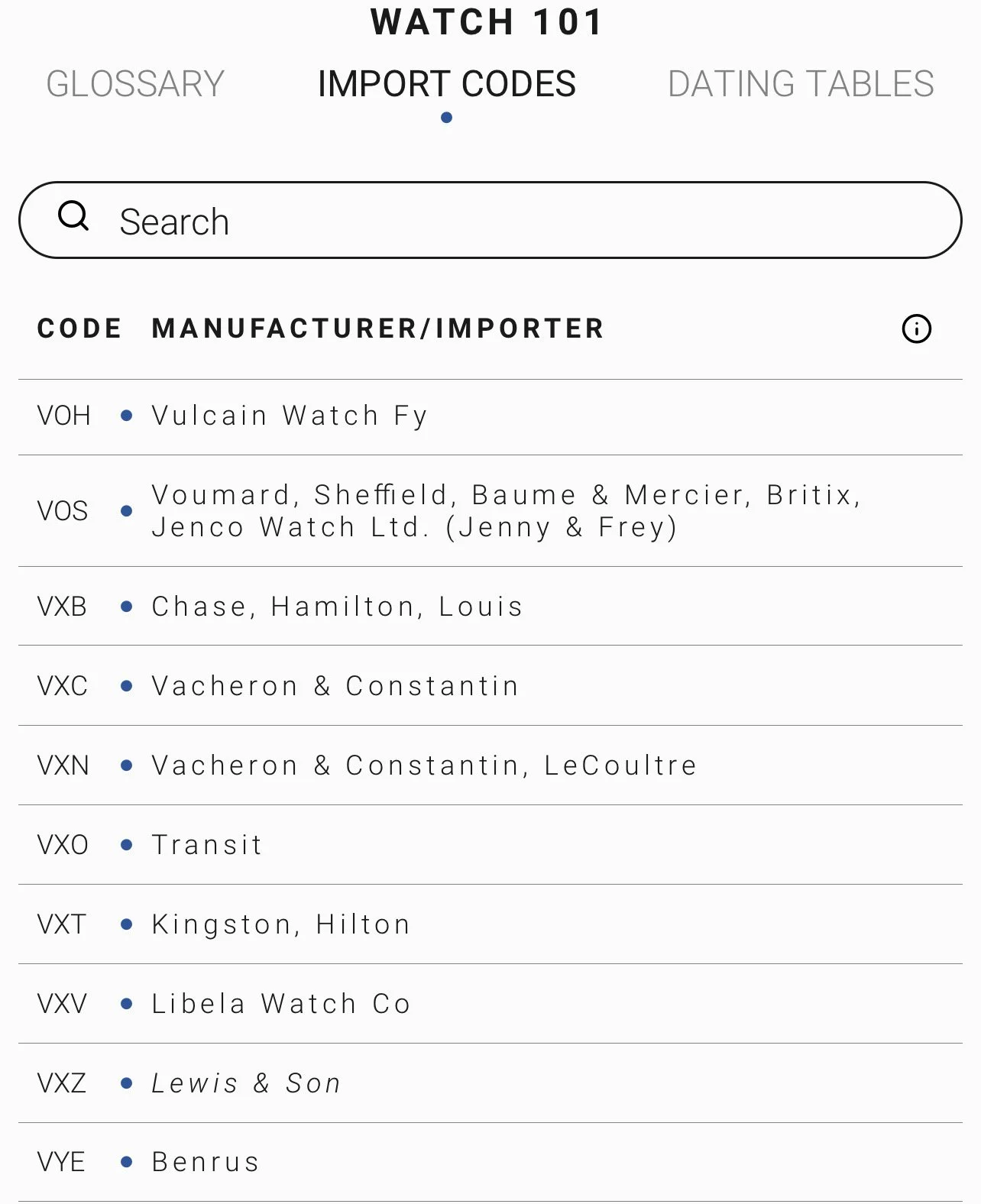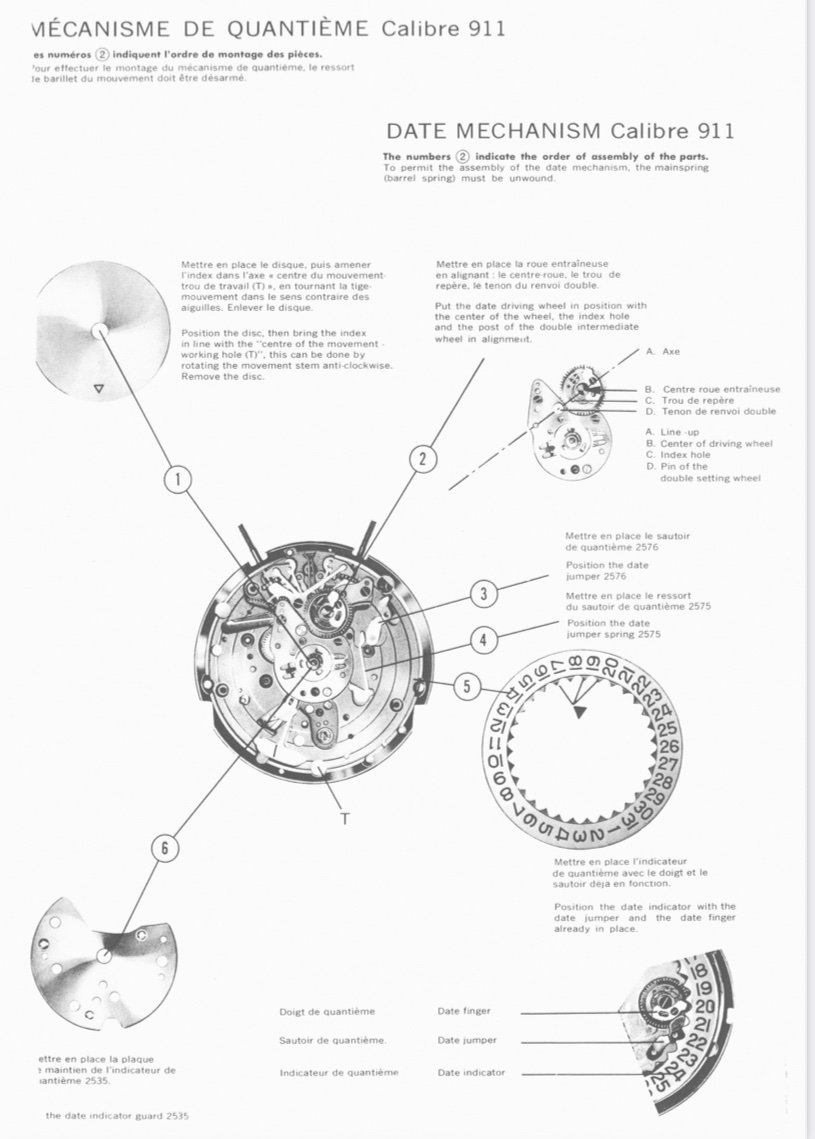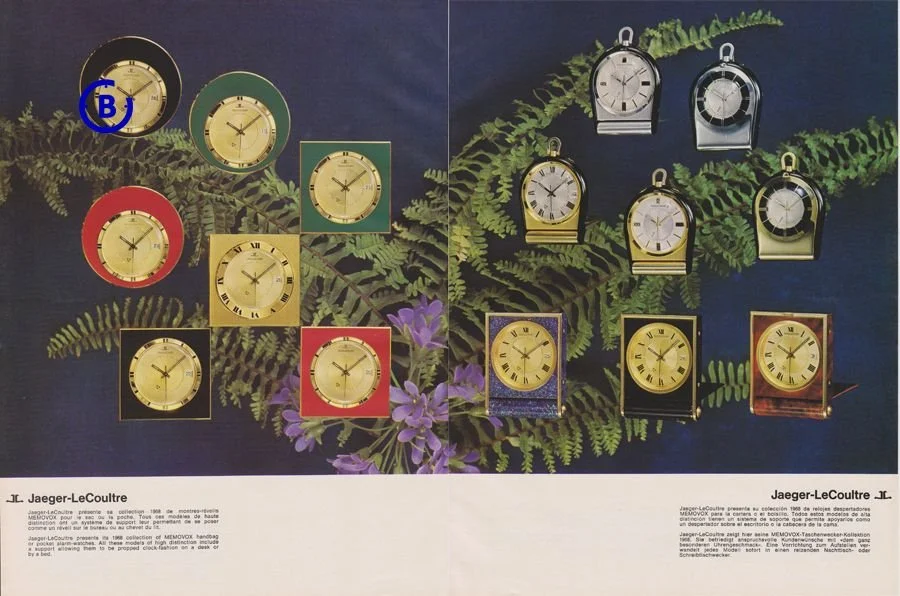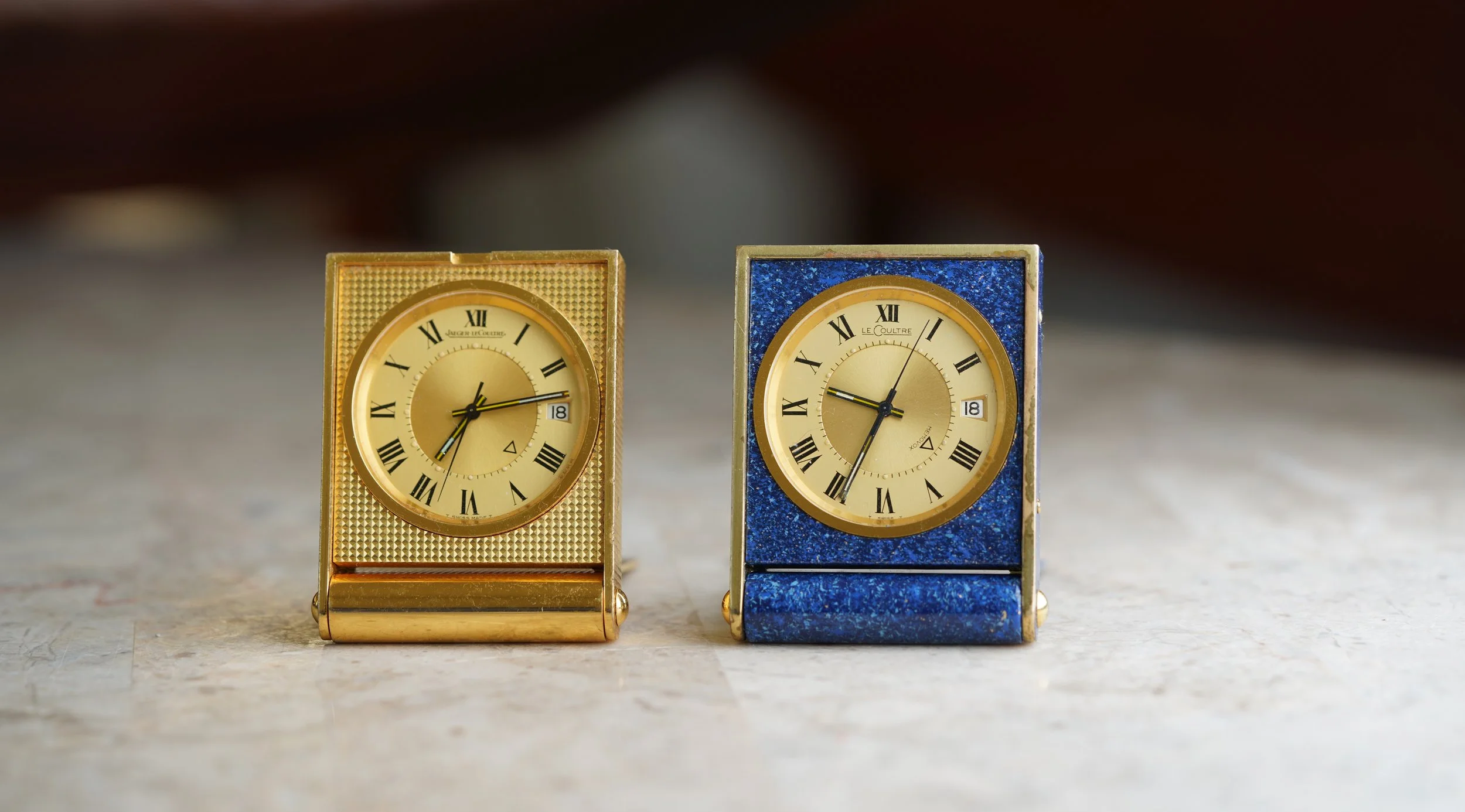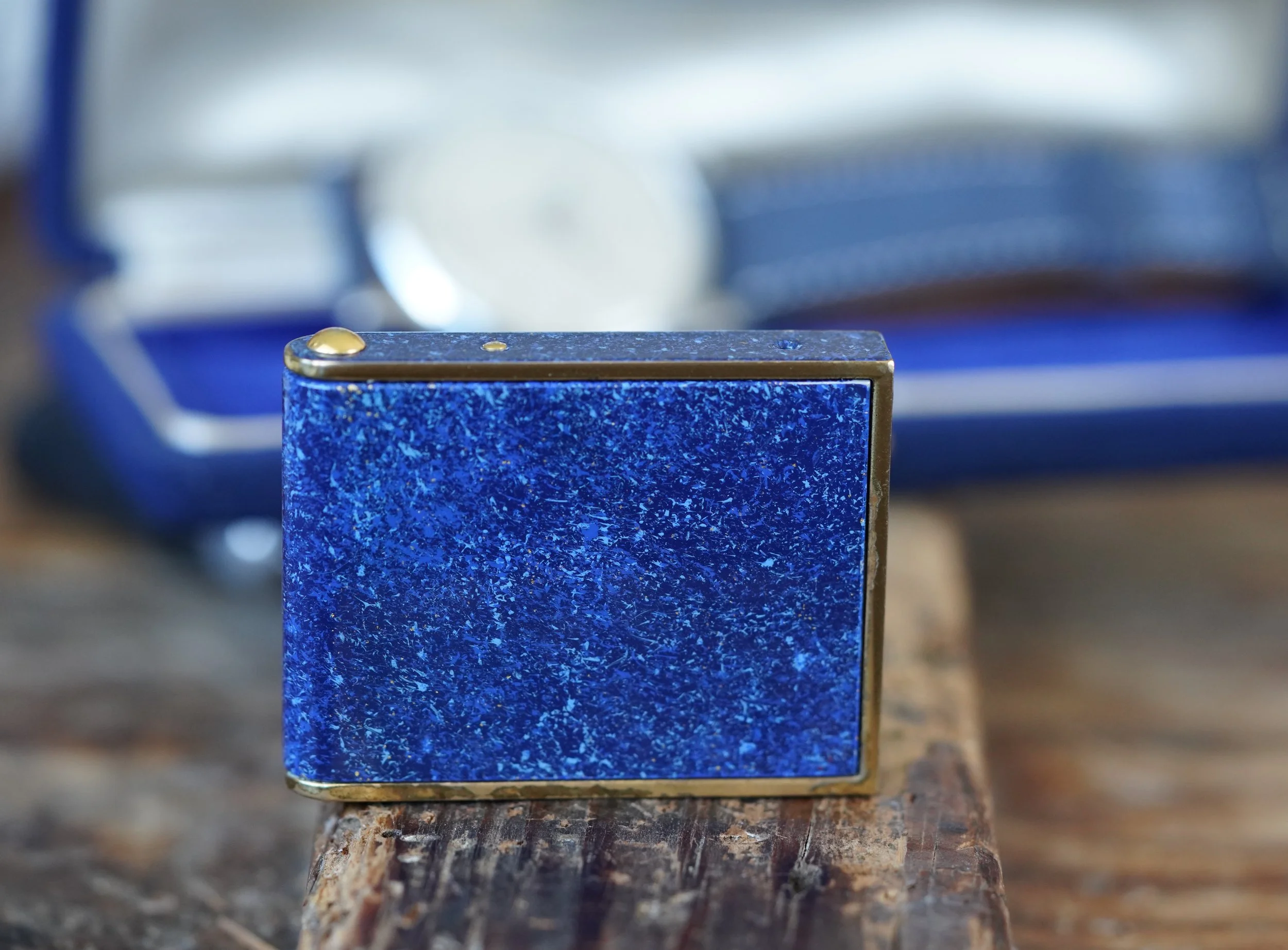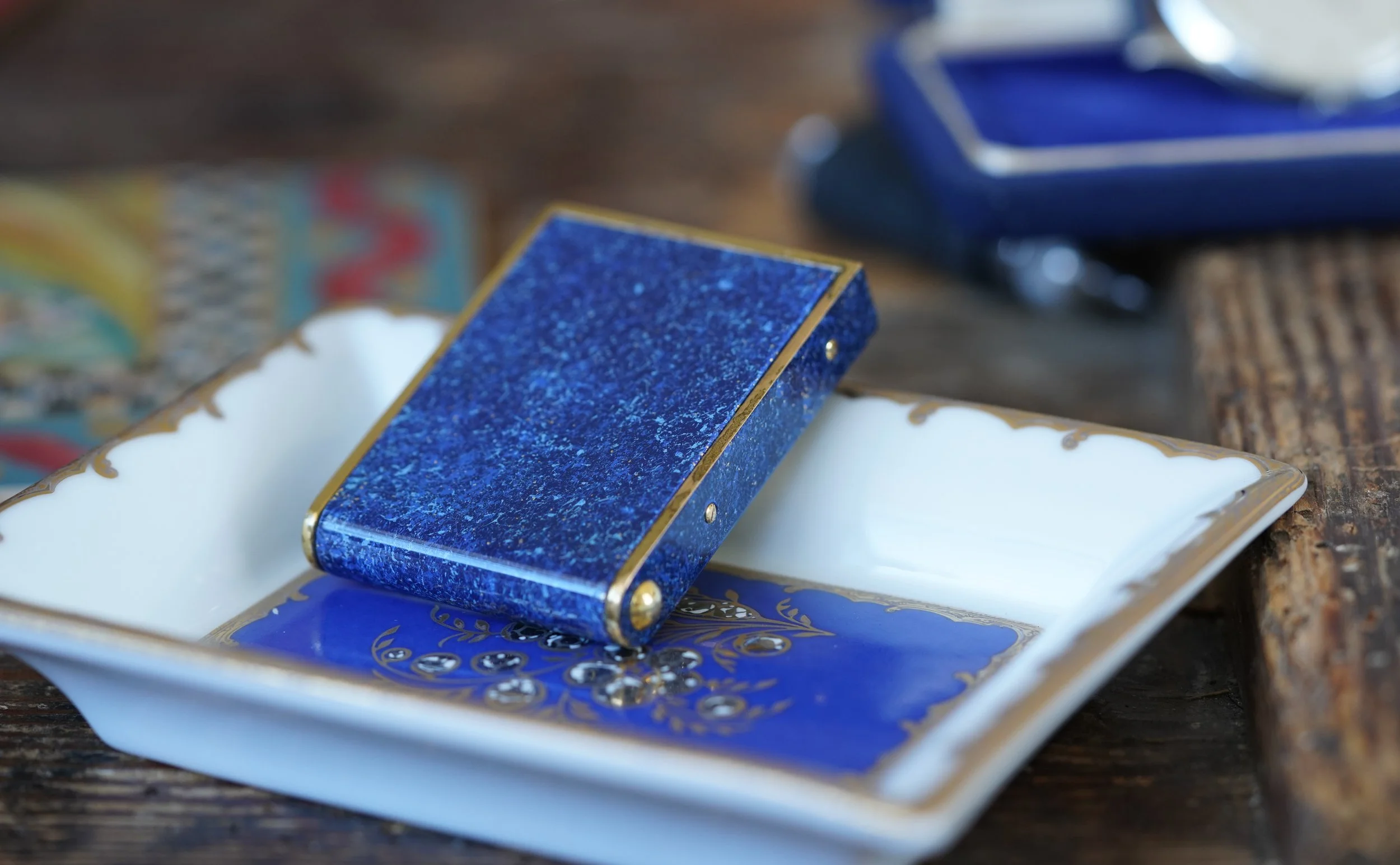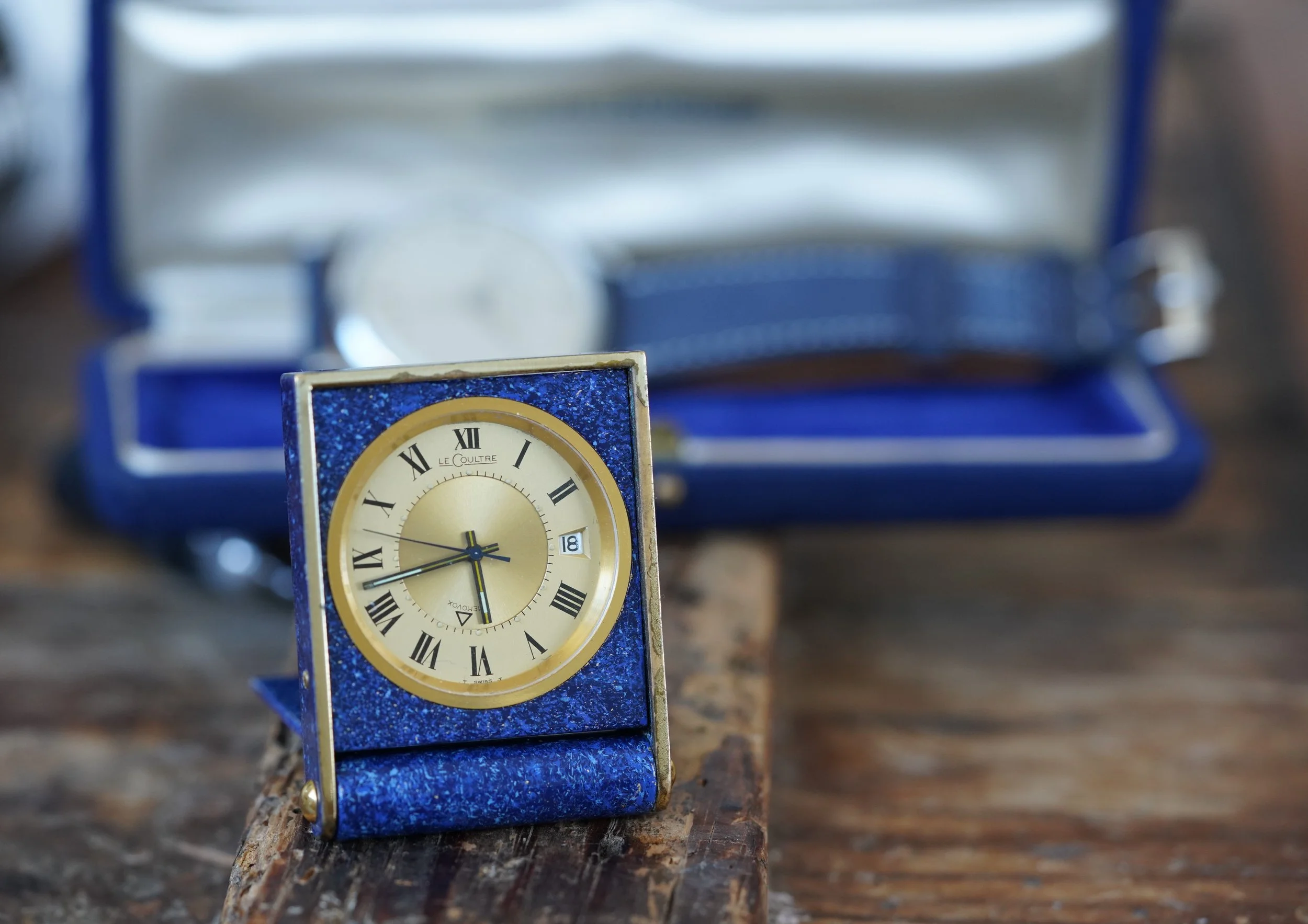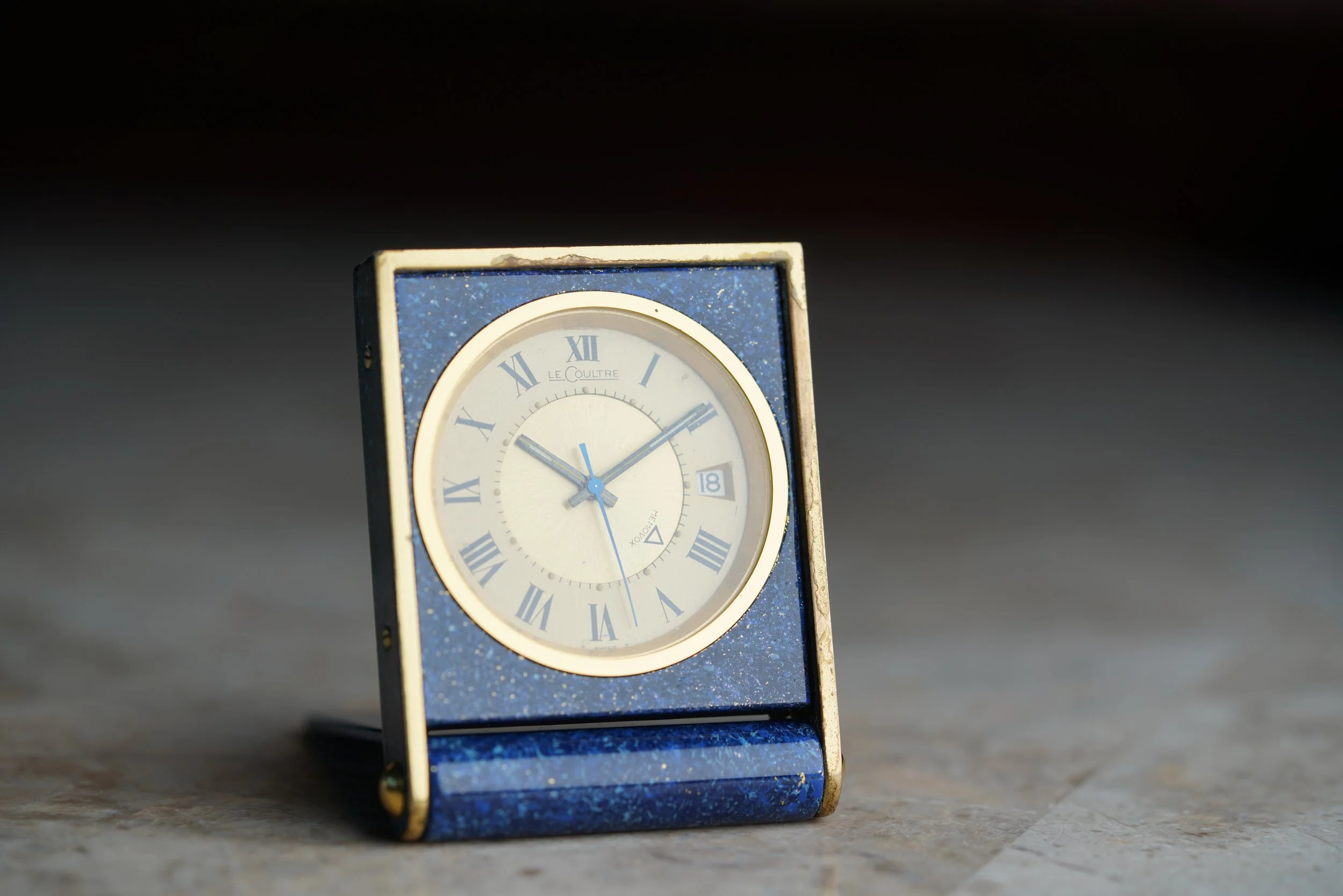Jaeger-LeCoultre Reference 11015
By Charlie Dunne
Reference 11015
Like the LeCoultre 8 Day Alarm Travel Clock Reference 53 and the Jaeger-LeCoultre Memovox Reference 3157 “Travalarm”, the world of JLC alarm travel clocks is one of the most fascinating genres within the Le Sentier manufacturer’s production catalogue. Based upon the stamped numerical ID on the inner caseback, the alarm travel clock is designated as reference 11015.
Reference 11015
Like the LeCoultre 8 Day Alarm Travel Clock Reference 53 and the Jaeger-LeCoultre Memovox Reference 3157 “Travalarm”, the world of JLC alarm travel clocks is one of the most fascinating genres within the Le Sentier manufacturer’s production catalogue. Based upon the stamped numerical ID on the inner caseback, the alarm travel clock is designated as reference 11016.
The Dial
Signed “Jaeger-LeCoultre”, the fixed-exterior dial is complemented with thick-painted Roman numerals. Contrasting the vertical finish on the outside dial, the central rotating disk features a very attractive-gold sunburst finish.
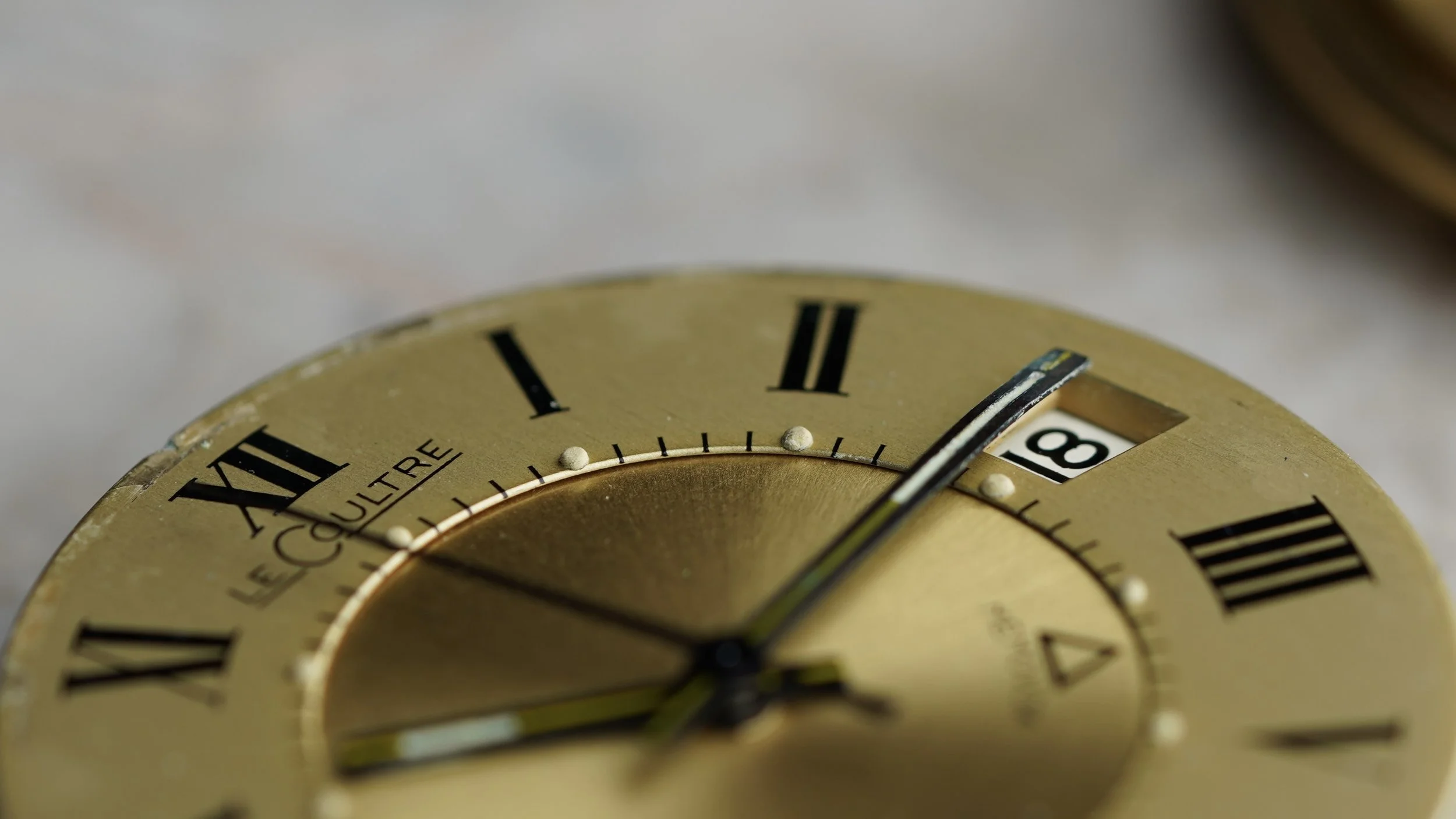
The lume plots are very puffy and stand about 2mm above the dial. The luminous material is tritium, as indicated by the
”T Swiss Made T” below 6 o’clock,
The Movement
Calibre K911 LeCoultre movement featuring the VXN import code designating Vacheron & Constantin, LeCoultre.
The reference 11015 is powered by the calibre 911, a 17 jewel movement most commonly found in the Memovox wristwatches. It is a manual wind movement, with a sweep seconds and calendar function. Worth highlighting is the fact that K is seen before the calibre number. The inclusion of calibre K911 indicates the use of KIF, a shock-resistant technology under the Parechoc LTD group. Two of the main shock-protection products made by the Le Sentier based manufacturer were KIF and Parechoc.
Parechoc S.A. Exhibition circa 1966 showcasing the latest shock-protection offerings. Image credit: Europa Star (EUROPE | 1966 | ISSUE #40 | 4/6 | PAGE 54)
Detailing the difference between the traditional shock protection product of Incabloc and KIF, Nathan Bobinchak writes the following on his article ‘Shock Protection: Kif vs. Incabloc’:
“Kif and Incabloc are the two dominant shock systems, with Incabloc taking the lion's share of the market. Some brands use their own proprietary systems, like Rolex with its Paraflex and Breguet with its Pare-Chute designs, but these two are the most likely to be encountered by a watchmaker in the field. Most of the height difference is due to the different design of the bottom end of the shock setting. Incabloc (right) almost entirely covers the jewel—reportedly for improved protection—while Kif leaves the backside of the jewel much more visible. This tremendously simplifies lubrication with an automatic oiler, since you can see the oil circle as it grows, rather than firing blind. That said, an experienced watchmaker knows exactly how much oil is released from an automatic oiler at each pull, so it doesn't change much in practice. Incabloc is easily identified by its "lyre" shaped shock spring, which hinges on the back and clips in on the opposite side. Kif uses a distinctly different spring, though the hinge system is similar. Kif differs in the way that the hinge attaches, which makes it possible to uninstall and reinstall without moving the shock setting up or down with a jeweling tool.”
Various shock resisting systems. Image credit: Watch & clock encyclopedia by Donald De Carle (1984)
KIF
KIF (Parechoc S.A.) Advertisement featuring kangaroo. Image credit: Europa Star.
U.S. Import Codes. Image credit: My Watch Memoir App.
Calibre 911
Technical sheet for calibre 911 (and calibre 910). Image credit: watchguy.co.uk
Marketing Brochures
Image credit: Watch Pro Site
Image credit: Watch Pro Site
Image credit: Blomman Watch Report
The Case
The case is decorated with a clous de Paris pattern which gives off a super-refined look. The style is almost polarizing and strikingly different than the impression from leather-coated examples from decades prior.
The dial and movement are housed within the carved section of the case’s center which is held in place by the snap-on caseback.
The case is complemented by gold-toned “JL” signed crowns which have developed a charming patina over the decades.
The Engraving
The interior-folding stand features the engraving “Weihnachten 1972” which loosely translates to “white night”. It is also used in describing both the singular day or plural (season) of “Christmas”. The term is used in Switzerland, Germany, and Austria shedding light on where the timepiece’s origin derives.
To read about other Jaeger-LeCoultre alarm timepieces, see below:
‘Vintage LeCoultre Memovox Reference 2404 (Circa 1960s)’
‘Vintage LeCoultre 8 Day Alarm Travel Clock Reference 53’
‘Vintage Jaeger-LeCoultre Memovox Reference 3157 aka the “Travalarm”’
Jaeger-LeCoultre Reference 11012 Retailed by Hermès
Jaeger-LeCoultre Reference 11016 A Clous de Paris alarm clock from Christmas of 1972

